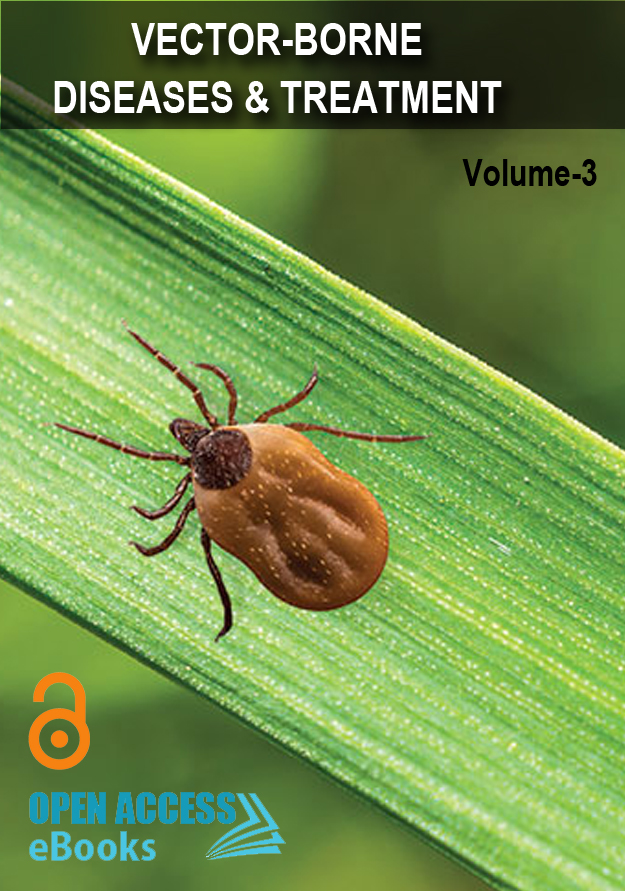List of Chapters
Recent Advances in Inhibitors of Flavivirus NS2B-NS3 Protease from Dengue, Zika, and West Nile Viruses
Author(s): Edeildo F da Silva-Junior*; Tanja Schirmeister; Joao X. de Araujo-Junior
Zoonotic viruses can be transmitted to humans by hematophagous insects, such as mosquitoes, biting midges, ticks, sand flies and thus they are called arthropod-borne viruses. Normally, flaviviruses are transmitted by mosquitoes from the Aedes genus, representing a significant health problem worldwide the development of small molecules targeting the NS2B-NS3 protease is extremely important in order to identify new anti-flaviviral agents, considering that it is an essential enzyme involved in the viral replication process. In this chapter, the flavivirus cycle of infection, morphological aspects, and the catalytic mechanism of proteolytic activity of NS2B-NS3 protease will be discussed...
Stand-by Emergency Treatment (SBET) for Malaria
Author(s): Masuet-Aumatell C*; Ferrara P; Agüero Santangelo F; Ramon-Torrell JM
Background: Stand-by emergency treatment (SBET) is a strategy that aims to reduce the importation of malaria cases and their impact in terms of medical complications and health care costs. Some epidemiological studies have been focused on SBET use, but results were controversial. Therefore, a systematic review has been done to provide updated information.
The Occurrence of Two Different Rickettsial Pathogens in Eastern Texas
Author(s): Robert J Wiggers*; Sarah Canterberry
Zoonotic diseases are defined as diseases that are transmitted from vertebrate animals to humans, either by direct contact with an infected animal or via a vector [1,2] The pathogenic organism may be part of the commensal flora of the animal, causing no apparent disease, but can be detrimental to animal or human populations that have had no previous exposure [1]. Changes in human behavior, ecologic issues, and economic issues, have lead to the emergence of new, and the reemergence of existing, infectious diseases [3]. Many zoonotic agents are viruses, but bacteria and parasites have also been implicated in key food and waterborne outbreaks
Human Babesiosis: Ecoepidemiology, Diagnosis and Treatment
Author(s): Lucia Anettová1; Mária Kazimírová1*
Babesiosis is a tick-borne disease of veterinary and medical concern. The disease is caused by parasitic protists of the genus Babesia that are transmitted by ticks of the family Ixodidae. In addition to transmission by ticks, several cases of infections through blood transfusion and congenital transmission have been reported in humans. The parasites invade and destroy the erythrocytes of their hosts. In humans, the disease manifestations are broad, from asymptomatic through mild flu-like infection to severe malaria-like disease with a potentially fatal outcome, mainly in immunedeficient and/or elderly individuals. Out of the approximately 100 known Babesia species, only a few (B. microti, B. duncani, B. divergens, B. venatorum) have been associated with human babesiosis...
